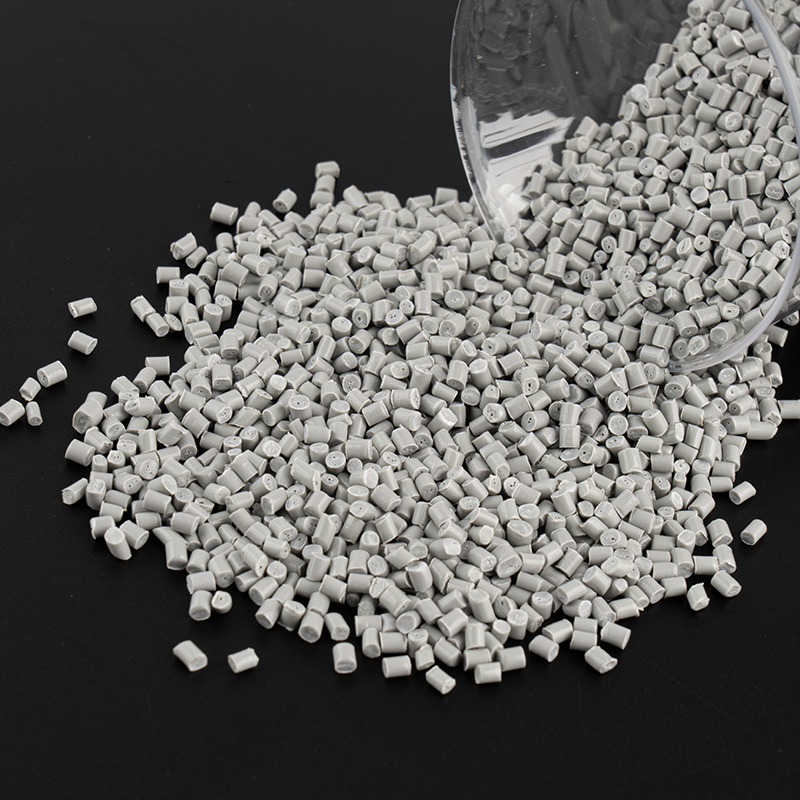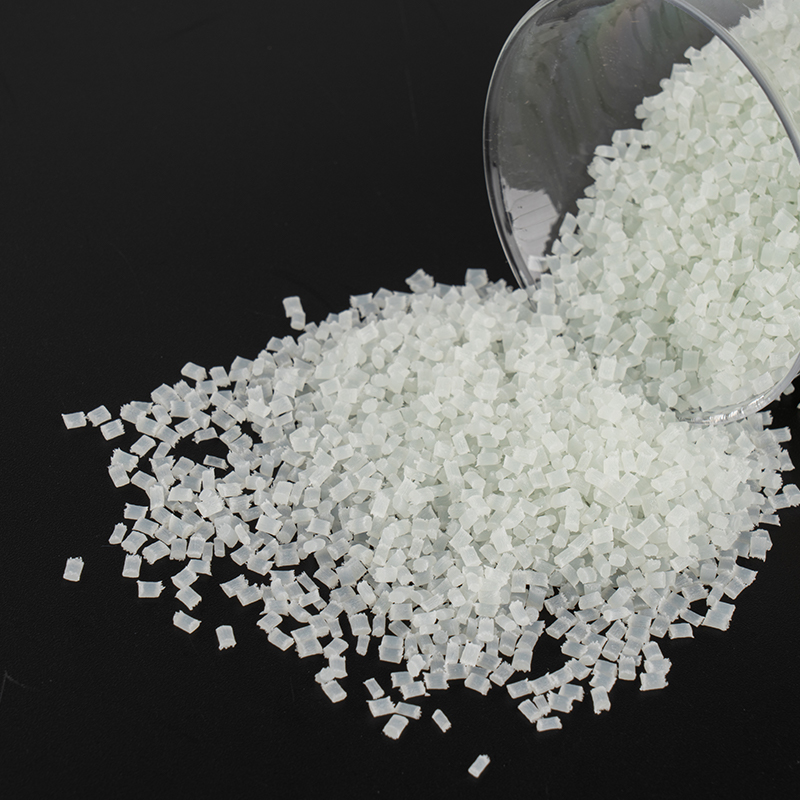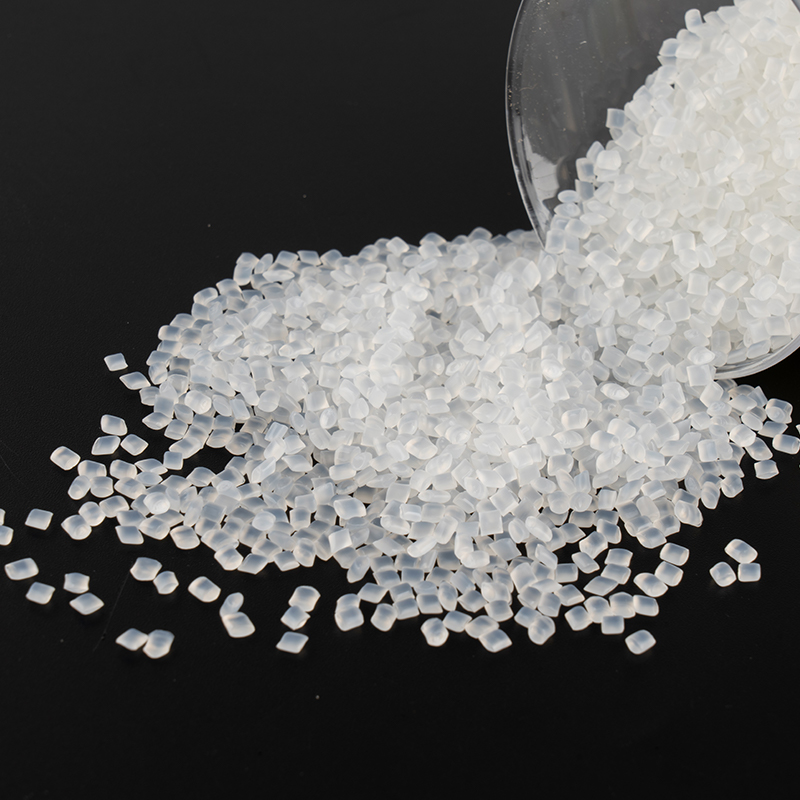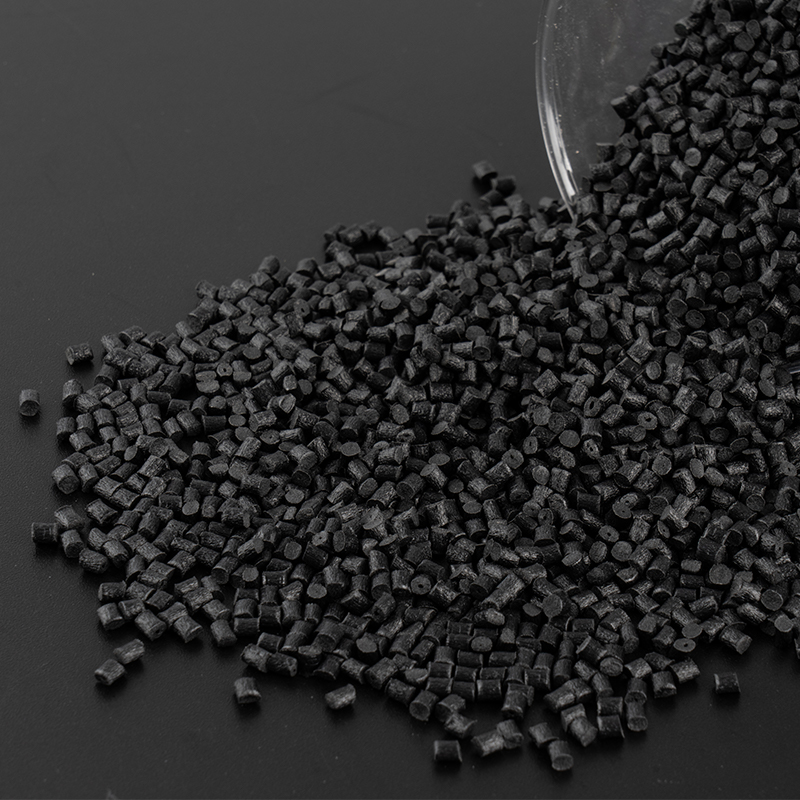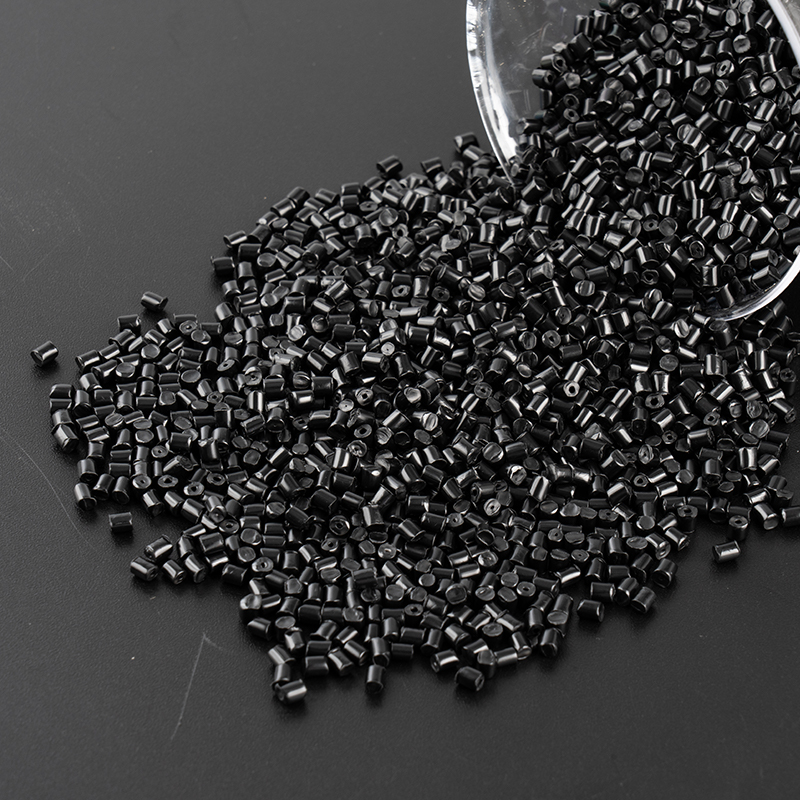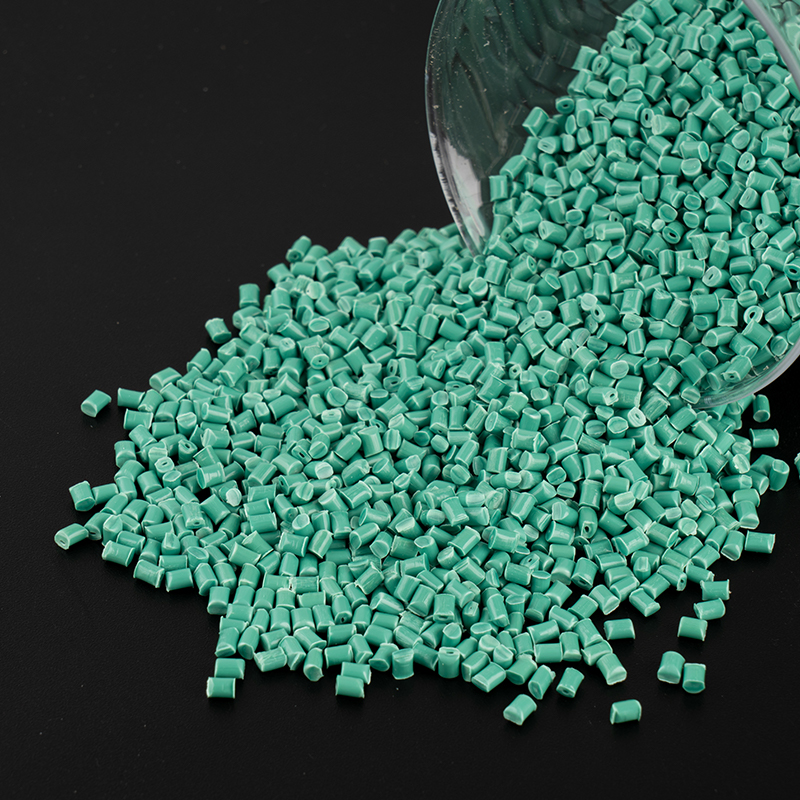1. Introduction
Engineering plastics, such as polyamide (PA), polycarbonate (PC), polybutylene terephthalate (PBT), and polyphenylene sulfide (PPS), are a class of thermoplastics that exhibit superior strength, heat resistance, and durability. Despite their advantages, inherent limitations such as brittleness, flammability, and poor processability in certain conditions restrict their applications. To overcome these limitations, various modification techniques have been developed. These include blending with other polymers, incorporating fillers or reinforcements, applying chemical treatments, and using additives to tailor properties for specific end-use requirements.
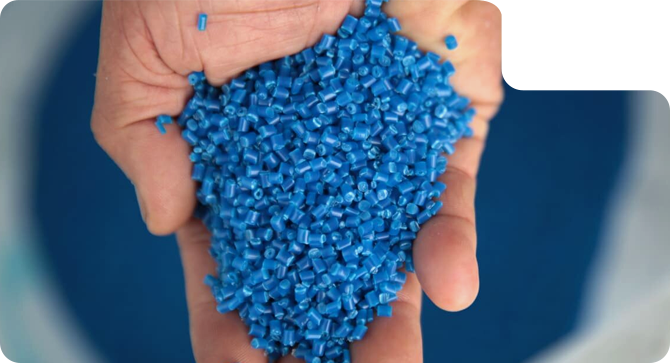
2. Modification Techniques and Strategies
2.1. Reinforcement with Fibers or Fillers
Reinforcing engineering plastics with materials like glass fibers, carbon fibers, or nano-clays significantly improves their mechanical strength and dimensional stability. Glass fiber-reinforced PA, for instance, exhibits enhanced tensile strength and rigidity, making it suitable for load-bearing applications. Carbon fiber, though more expensive, offers exceptional strength-to-weight ratio and electrical conductivity. Nanofillers, such as layered silicates and graphene, provide improvements at much lower filler contents, affecting thermal stability and barrier properties.
2.2. Flame Retardancy Modifications
Engineering plastics often require flame retardant properties for applications in electronics and automotive interiors. Conventional halogenated flame retardants are being replaced by environmentally friendly alternatives such as phosphorus-based compounds, intumescent systems, and nanocomposites. For example, adding expandable graphite and ammonium polyphosphate to polyamide can achieve UL-94 V-0 ratings while maintaining mechanical integrity.
2.3. Impact and Toughness Improvements
Many engineering plastics are inherently brittle at low temperatures. Toughening agents like elastomers (e.g., EPDM, SEBS) or core-shell particles are incorporated to improve impact resistance. These modifiers work by absorbing energy and initiating multiple shear yielding during impact, thereby enhancing ductility without compromising thermal resistance significantly.
2.4. Thermal and UV Stability Enhancements
Thermal stabilizers (e.g., hindered phenols, phosphites) and UV absorbers (e.g., benzotriazoles, hindered amine light stabilizers) are added to engineering plastics used in outdoor or high-temperature environments. These additives prevent chain scission and oxidative degradation, prolonging the service life of components exposed to heat or sunlight.
2.5. Bio-based and Green Modifications
With increasing focus on sustainability, bio-based engineering plastics like polylactic acid (PLA) are being modified to enhance their performance. Techniques include blending with tough polymers, adding natural fibers (e.g., hemp, kenaf), or reactive extrusion with chain extenders to improve heat resistance and durability.
3. Performance Improvements
3.1. Mechanical Properties
Modified engineering plastics show marked improvements in tensile strength, impact resistance, and fatigue behavior. For example, glass fiber-reinforced PBT can withstand higher loads and repeated stresses without failure.
3.2. Thermal Properties
Thermal conductivity, heat deflection temperature (HDT), and melting point can be tailored through fillers and additives. PPS modified with boron nitride exhibits improved thermal conductivity, ideal for heat sinks and electronic housings.
3.3. Electrical Properties
In applications requiring insulation or controlled conductivity, modified plastics with antistatic agents, carbon black, or conductive polymers are used. For instance, PC-ABS blends with carbon nanotubes offer electrostatic discharge protection in sensitive electronic devices.
3.4. Chemical Resistance and Weatherability
Additives such as fluoropolymers or silane coupling agents enhance chemical inertness and reduce moisture uptake. UV stabilizers and antioxidants help maintain appearance and functionality in outdoor conditions.
3.5. Processability
Improved flow behavior, moldability, and thermal stability during processing are achieved through rheological modifiers and processing aids, enabling complex part geometries and consistent production quality.
4. Application Fields
4.1. Automotive Industry
Modified engineering plastics are used in under-the-hood components, body panels, and interior parts. PA reinforced with glass fibers replaces metal parts, reducing vehicle weight and fuel consumption. Flame-retardant PC blends are used for lighting systems and dashboards.
4.2. Electrical and Electronics
High-performance plastics like PPS and PBT, modified with flame retardants and thermal stabilizers, are used in connectors, circuit boards, and housings. Their dimensional stability and electrical insulation properties are critical in miniaturized and heat-intensive environments.
4.3. Consumer Goods
Toughened and UV-stabilized plastics are used in power tools, appliances, and sporting goods. Impact-modified ABS is popular in helmet shells and protective gear, while scratch-resistant PC is used in eyewear and screens.
4.4. Medical and Healthcare
Engineering plastics modified for sterilization resistance and biocompatibility, such as PPSU and PEI, are used in surgical instruments, diagnostic devices, and dental tools. Additive-free and low-leach formulations are vital for sensitive applications.
4.5. Construction and Industrial Use
Modified plastics offer corrosion resistance, thermal insulation, and structural integrity in construction. GF-reinforced polyolefins and polyesters are used in pipes, panels, and machinery parts exposed to chemicals and load stresses.
5. Challenges and Future Prospects
Despite their advantages, modified engineering plastics face challenges such as high material costs, recyclability issues, and environmental impact of certain additives. The development of bio-derived and fully recyclable engineering plastics is a key future direction. Smart materials with self-healing, shape memory, and adaptive properties represent the next frontier. Innovations in reactive processing, nanotechnology, and machine learning-guided material design are expected to accelerate the evolution of high-performance, sustainable engineering plastics.






